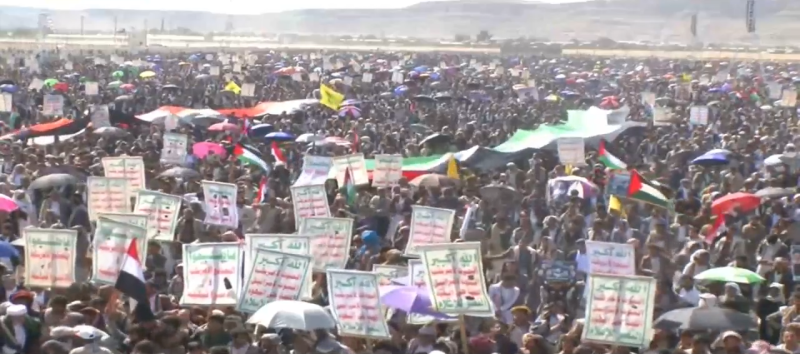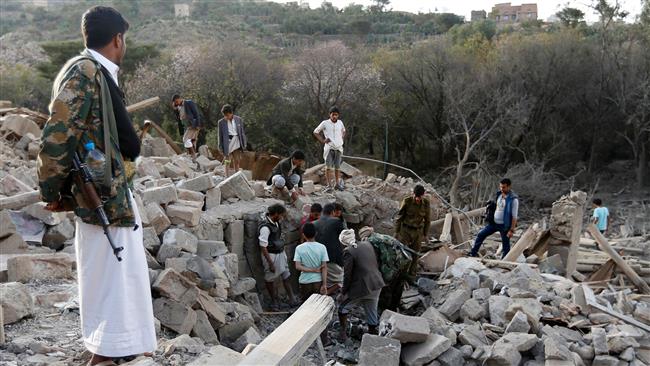Yemeni army unveils new indigenous combat, reconnaissance drones
Yemeni army forces have unveiled four domestically designed and manufactured drones to collect information on the positions and movements of militiamen loyal to resigned president, Abd Rabbuh Mansur Hadi, as well as Saudi troops, and carry out aerial attacks against them.
The sole unveiled combat aircraft, code-named Qasef-1 (Striker-1), has a wingspan of three meters and a hull length of 2.5 meters.
The drone has a flight endurance of 120 minutes, and is capable of carrying a payload of 30 kilograms.
Another remote-controlled aircraft, dubbed Hudhud-1 (Hoopoe-1), has a flight endurance of 90 minutes, and an operational radius of up to 30 kilometers. It has a wingspan of 1.9 meters and a hull length of 1.5 meters.

The Raqib (Rival) drone can fly as far as 15 kilometers for 90 minutes. It is used in reconnaissance missions and is capable of either storing information or transferring data via online connections.
The Rased (Surveyor) unmanned aerial vehicle, which can perform a variety of functions, including aerial monitoring and observation of the battlefield besides geophysical surveying, has a wingspan of 2.2 meters and a hull length of one meter.

The drone has a flight endurance of 120 minutes plus an operational radius of up to 35 kilometers.
Earlier this month, Yemeni army forces launched a locally designed and manufactured ballistic missile towards an area deep inside Saudi Arabia in response to Riyadh’s atrocious aerial bombardments against the crisis-stricken Arab country.
The media bureau of the operations command in Yemen published a series of photos of the Borkan-2 (Volcano-2) ballistic missile it used to hit a military base on the outskirts of Saudi capital city of Riyadh.

On September 2, 2016, Yemeni forces fired an indigenous Borkan-1 (Volcano-1) missile against a stationary target in the Saudi city of Ta'if, located more than 700 kilometers southeast of Riyadh.
The United Nations humanitarian coordinator for Yemen, Jamie McGoldrick, says the Saudi campaign has claimed the lives of 10,000 Yemenis and left 40,000 others wounded.
McGoldrick told reporters in Sana’a last month that the figure was based on casualty counts given by health facilities and that the actual number might be higher.
In a report released on Thursday, Yemen’s Legal Center for Rights and Development, an independent monitoring group, put the civilian death toll in war-torn Arab country at 12,041.
The fatalities, it said, comprise 2,568 children and 1,870 women.
The rights body said the bombings have also wounded 20,001 civilians, including 2,354 children and 1,960 women, while more than four million others have been displaced.
Iran calls on EU to end targeting ordinary Iranians after missile transfer claims refuted
UK police detain Jewish scholar Haim Bresheeth following pro-Palestine address
VIDEO | Iraqi resistance strikes key Israeli targets in occupied territories
VIDEO | Press TV's news headlines
Iranian satellites launched into space as private sector debuts in space industry
VIDEO | Iran, Azerbaijan conduct joint maritime rescue operations
VIDEO | Yemen’s Red Sea divide: Naval forces block Israeli-linked ships in strategic ‘parting of the water’
VIDEO | Southern Gaza: Israel’s facade for famine and suffering


















 This makes it easy to access the Press TV website
This makes it easy to access the Press TV website